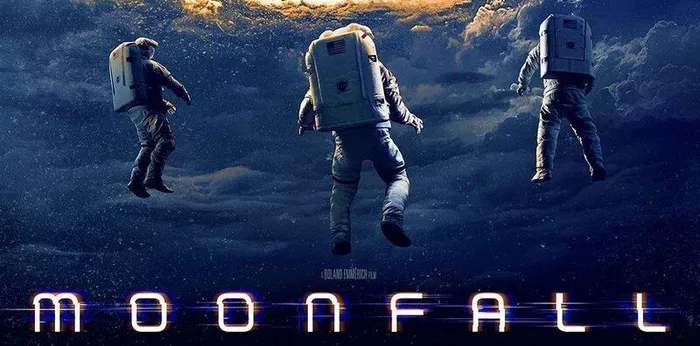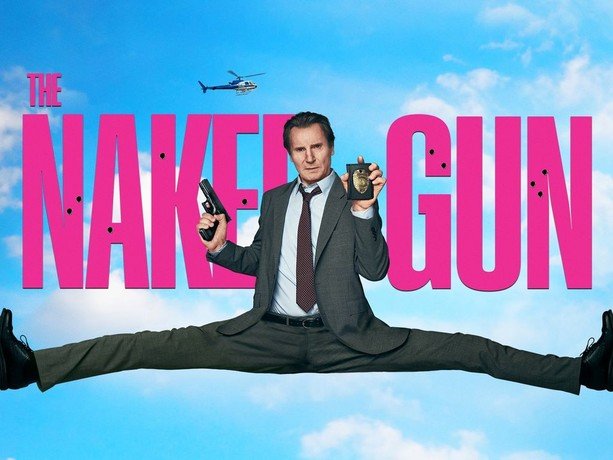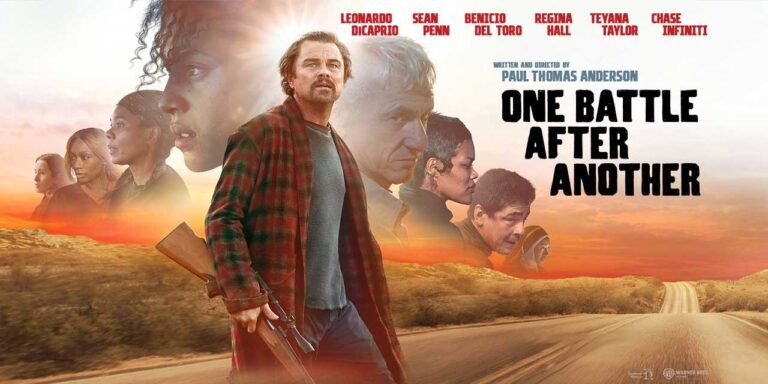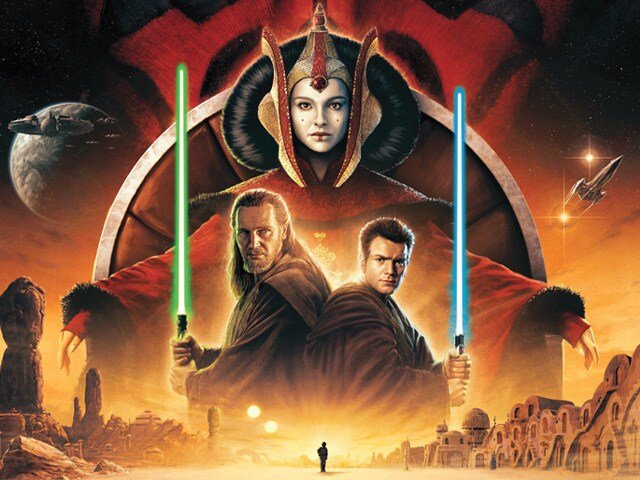
When it comes to big-budget disaster films, few directors have made as much of a name for themselves as Roland Emmerich. From Independence Day to Godzilla and The Day After Tomorrow, Emmerich has built a reputation for delivering visually stunning, high-stakes narratives that pit humanity against the forces of nature. So, when news broke that he was tackling a film about the moon hurtling towards Earth, expectations were understandably high.
Unfortunately, Moonfall falls far short of the director’s previous successes, becoming one of the most disappointing and poorly executed films of Emmerich’s career. Despite a reported budget of $150 million, the film struggles to deliver on its ambitious premise, bogged down by a convoluted plot, one-dimensional characters, and a general lack of coherence and logical consistency.
In this in-depth review, we’ll dive into the key issues that plague Moonfall, from its problematic storytelling to its technical shortcomings, and explore why this film ultimately fails to captivate audiences in the way Emmerich’s best work has. Along the way, we’ll also touch on the film’s broader implications for the state of the disaster movie genre and the challenges facing independent productions in the current industry landscape.
The Flawed Narrative: Moonfall’s Convoluted and Inconsistent Plot
One of the most glaring issues with Moonfall is its convoluted and often nonsensical plot. The film’s central premise – that the moon has been knocked out of its orbit and is hurtling towards Earth – is certainly a compelling one, rife with dramatic potential. However, Emmerich and his co-writers struggle to effectively translate this high-concept idea into a cohesive and engaging narrative.
From the outset, the film jumps between a variety of storylines and characters, each with their own personal struggles and motivations, without ever fully developing or connecting them in a meaningful way. We’re introduced to a former NASA astronaut, Brian Harper (played by Patrick Wilson), who is haunted by a traumatic mission from 2011, as well as a conspiracy theorist, K.C. Houseman (John Bradley), who believes he has uncovered the truth about the moon’s unusual behavior.
Meanwhile, Halle Berry’s character, Jo Fowler, is a NASA executive tasked with leading the agency’s efforts to stop the impending disaster. The film attempts to weave these various plot threads together, but the end result is a convoluted mess that feels more like a series of disjointed vignettes than a cohesive whole.
One of the most egregious examples of this narrative incoherence is the way the film handles the conspiracy theory angle. Rather than using it as a compelling thematic element to explore the nature of truth and the power of misinformation, Emmerich instead turns it into a lazy plot device, relying on a series of increasingly ridiculous “revelations” to drive the story forward.
The film’s attempts at humor and levity, often in the form of cringeworthy one-liners and awkward silences, further undermine the gravity of the situation, making it difficult for the audience to fully invest in the high-stakes drama unfolding on screen.
The film’s central premise – the moon hurtling towards Earth – is compelling, but the execution falls flat.
The narrative is overstuffed with too many characters and storylines, none of which are fully developed or effectively connected.
The conspiracy theory angle is used as a lazy plot device, rather than a meaningful thematic exploration.
The film’s attempts at humor often fall flat, undermining the gravity of the situation.
Technical Shortcomings: Shoddy Visual Effects and Subpar Production Values
While Emmerich has built a reputation for delivering impressive visual spectacles, Moonfall falls short in this regard as well. Despite the film’s reported $150 million budget, the visual effects are often underwhelming, with a noticeable lack of polish and attention to detail.
One of the most egregious examples is the depiction of the moon’s erratic behavior. When the film finally showcases the moon’s dramatic shift in orbit, the resulting visual effects are more akin to a low-budget sci-fi TV show than a big-screen blockbuster. The same can be said for the film’s portrayal of natural disasters, such as the tsunami sequence, which feels more like a video game cutscene than a realistic and immersive depiction of a catastrophic event.
Beyond the visual effects, the overall production values of Moonfall are also lacking. The film’s cinematography is often flat and uninspired, with a noticeable reliance on green screen and studio-based sets that fail to create a sense of scale or immersion. The audio quality is also problematic, with poorly executed ADR (Automated Dialogue Replacement) that stands out as a glaring technical flaw.
These technical shortcomings are particularly disappointing given Emmerich’s reputation for delivering visually stunning disaster films. In the past, the director has been able to leverage his budget and resources to create awe-inspiring set pieces and breathtaking visual effects. However, in the case of Moonfall, it seems that the film’s independent production model and the challenges of the COVID-19 pandemic may have contributed to these technical deficiencies.
The visual effects in Moonfall are often underwhelming, lacking the polish and attention to detail expected of a big-budget blockbuster.
The film’s cinematography is flat and uninspired, with a heavy reliance on green screen and studio-based sets.
The audio quality is problematic, with poorly executed ADR that stands out as a technical flaw.
These technical shortcomings are particularly disappointing given Emmerich’s reputation for delivering visually stunning disaster films.
The Challenges of Independent Production: Moonfall’s Uphill Battle
One of the most interesting aspects of Moonfall‘s production history is the fact that it was financed and distributed independently, without the backing of a major Hollywood studio. This decision, while ambitious, ultimately proved to be a significant challenge for the film, contributing to many of its shortcomings.
In the current industry landscape, where blockbuster films are increasingly dominated by major franchises and IP-driven projects, independent productions like Moonfall face an uphill battle. Without the resources and marketing muscle of a major studio, the film struggled to secure a wide international release, relying on a patchwork of distribution deals to reach audiences around the world.
This independent production model also likely contributed to the film’s technical deficiencies, as the limited resources and tighter timelines may have made it more difficult to achieve the level of visual polish and production value that audiences expect from a big-budget disaster film.
Furthermore, the lack of studio backing may have also impacted the film’s narrative development, as Emmerich and his co-writers were forced to navigate the challenges of crafting a cohesive, high-concept story without the benefit of a well-established production infrastructure and creative oversight.
Ultimately, Moonfall‘s independent production model serves as a cautionary tale for filmmakers and producers looking to tackle ambitious, large-scale projects outside of the traditional studio system. While the potential rewards may be high, the risks and challenges can be equally daunting, as evidenced by the film’s critical and commercial underperformance.
Moonfall was financed and distributed independently, without the backing of a major Hollywood studio.
In the current industry landscape, independent productions face an uphill battle, lacking the resources and marketing muscle of major studio-backed projects.
The independent production model likely contributed to the film’s technical deficiencies, as limited resources and tighter timelines made it difficult to achieve the desired level of visual polish.
The lack of studio backing may have also impacted the film’s narrative development, as the creative team had to navigate the challenges of crafting a cohesive, high-concept story without the benefit of a well-established production infrastructure.
Moonfall‘s struggles serve as a cautionary tale for filmmakers and producers looking to tackle ambitious, large-scale projects outside of the traditional studio system.
The Broader Implications: Moonfall and the Future of the Disaster Movie Genre
Beyond the specific issues that plague Moonfall, the film’s failure also raises broader questions about the state of the disaster movie genre and its future viability in the current entertainment landscape.
For decades, disaster films have been a reliable source of big-screen thrills, with audiences flocking to see the latest high-stakes spectacle of nature’s wrath or humanity’s technological hubris. However, in recent years, the genre has struggled to maintain its relevance, with many recent entries failing to capture the same level of critical and commercial success as their predecessors.
One of the key challenges facing the disaster movie genre is the increasing difficulty of delivering truly novel and compelling narratives. As audiences have become more familiar with the tropes and conventions of the genre, it has become increasingly challenging for filmmakers to craft stories that feel fresh and original.
Additionally, the rise of CGI-driven visual effects has made it easier for filmmakers to depict large-scale destruction, potentially diminishing the sense of awe and wonder that once characterized the genre. As a result, disaster movies have had to work harder to differentiate themselves and offer audiences something truly unique and captivating.
In the case of Moonfall, the film’s failure to connect with audiences and critics suggests that the disaster movie genre may be in need of a significant reinvention. While Emmerich’s previous works have helped define the genre, his latest effort serves as a stark reminder that even established filmmakers must continually evolve and innovate to keep audiences engaged.
As the entertainment industry continues to evolve, with streaming platforms and new technologies reshaping the way stories are told and consumed, the disaster movie genre will need to adapt and find new ways to captivate audiences. Whether that means embracing more character-driven narratives, exploring more nuanced thematic territory, or leveraging emerging technologies to create truly groundbreaking visual spectacles, the future of the disaster movie genre will depend on the ability of filmmakers to push the boundaries of the genre and deliver something truly exceptional.
The disaster movie genre has struggled to maintain its relevance in recent years, with many recent entries failing to capture the same level of critical and commercial success as their predecessors.
One of the key challenges facing the genre is the increasing difficulty of delivering truly novel and compelling narratives, as audiences have become more familiar with the tropes and conventions.
The rise of CGI-driven visual effects has made it easier for filmmakers to depict large-scale destruction, potentially diminishing the sense of awe and wonder that once characterized the genre.
Moonfall‘s failure suggests that the disaster movie genre may be in need of a significant reinvention, as even established filmmakers must continually evolve and innovate to keep audiences engaged.
The future of the disaster movie genre will depend on the ability of filmmakers to push the boundaries of the genre and deliver something truly exceptional, whether through more character-driven narratives, nuanced thematic exploration, or groundbreaking visual spectacles.
A Missed Opportunity and a Cautionary Tale
In the end, Moonfall stands as a missed opportunity and a cautionary tale for both filmmakers and audiences. Emmerich’s ambitious vision for a high-stakes disaster film set against the backdrop of a moon hurtling towards Earth had the potential to be a thrilling and visually stunning cinematic experience. However, the film’s numerous flaws – from its convoluted and inconsistent narrative to its technical shortcomings – ultimately undermine its lofty aspirations.
As an independent production navigating the challenges of the current industry landscape, Moonfall serves as a stark reminder of the risks and obstacles that filmmakers face when attempting to tackle large-scale, high-concept projects outside of the traditional studio system. The film’s struggles also raise broader questions about the future of the disaster movie genre, and the need for filmmakers to continually evolve and innovate to keep audiences engaged.
While Moonfall may not be the disaster film that audiences were hoping for, its failure can serve as a valuable learning experience for the industry as a whole. By examining the film’s shortcomings and the broader trends that have shaped the disaster movie genre, we can gain insights into the challenges and opportunities that lie ahead, and work towards creating more compelling, visually stunning, and narratively coherent cinematic experiences that captivate audiences for years to come.
Be sure to check out my other video reviews and commentary on the latest films and entertainment news on my YouTube channel.
You can also follow me on social media for more updates and insights:



